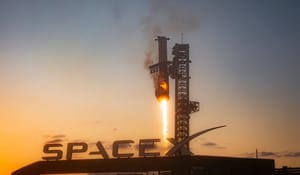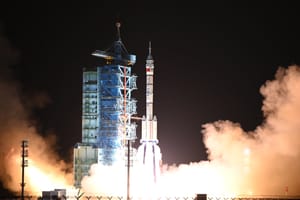
China has continued to ramp up its launch cadence for 2024 with a Long March 3B/E lifting off at 09:43 am China Standard Time, or 01:43 am Universal Coordinated Time, from the Xichang Satellite Launch Center, located in the country's Sichuan province, on May 9th. The launch vehicle carried two satellites to a medium Earth orbit, Smart SkyNet (智慧天网) 1A and 1B.
The Smart SkyNet 1A and 1B satellites will operate in a 20,000-kilometer medium Earth orbit where they will perform technology verification and testing ahead of the launch of the operational Smart SkyNet (智慧天网) constellation. Smart SkyNet 1A has a 'multi-beam high-speed' microwave link and a two-way laser link, as well as an onboard digital processing and forwarding platform. Smart SkyNet 1B also has a laser link that it will use for testing with the 1A satellite.
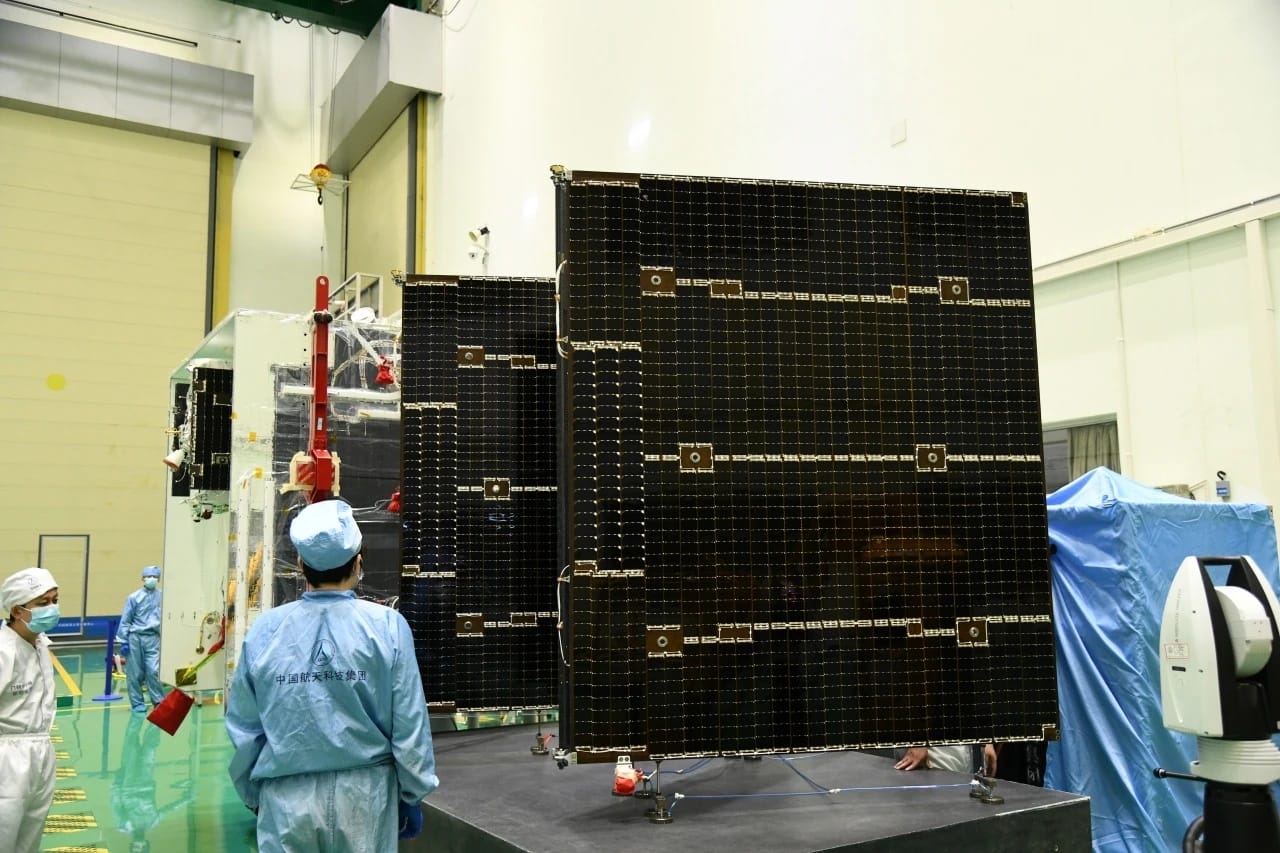
Once operational, the two satellites will perform inter-satellite and space-to-ground tests. These two satellites are expected to be part of a technology demonstration mission that will lay the basis for a group of eight satellites to be launched in the coming years.
Smart SkyNet's 1A and 1B satellites were built by the Shanghai Academy of Spaceflight Technology for Tsingshen Technology, based out of Shanghai and with connections to Tsinghua University. Tsingshen Technology is considering a second group of Smart Skynet satellites once the initial group of eight is done for a total of sixteen, as well as four groups for thirty-two if demand for the network is high enough.
The Smart SkyNet (智慧天网) constellation will also help China's space-based internet infrastructure development as it can act as a link between low and high Earth orbit satellites, of which they are currently looking to launch two low Earth orbit internet constellations and already operate the BeiDou network of communications satellites. These separate constellations working together could also support 6G communications worldwide, including direct data links from the Antarctic to mainland China.
The Long March 3B/E launch vehicle delivering the two satellites to their desired orbit also had an improvement made since previous missions. This was the first use of a Ka-band space-based measurement subsystem, replacing the S-band system. The new system has a higher bandwidth than the previous system and can achieve a higher speed of data transmission to the ground.
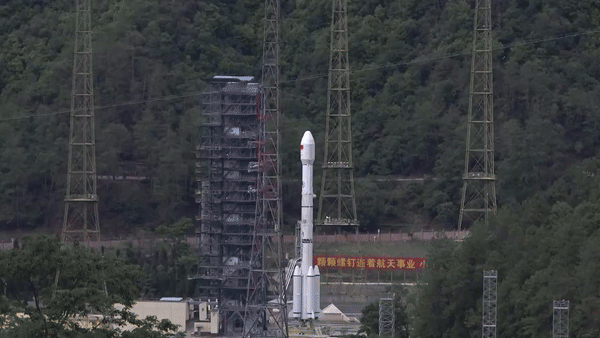
This launch was also China's 21st of the year as it aims to perform 100 launches in 2024. It was also the 521st launch of a Long March series launch vehicle.
What is the Long March 3B/E?
The Long March 3B/E is a three-stage rocket manufactured by the China Academy of Launch Vehicle Technology that burns Dinitrogen Tetroxide and Unsymmetrical Dimethylhydrazine in its first and second stages as well as its boosters. The third-stage burns liquid hydrogen and liquid oxygen.
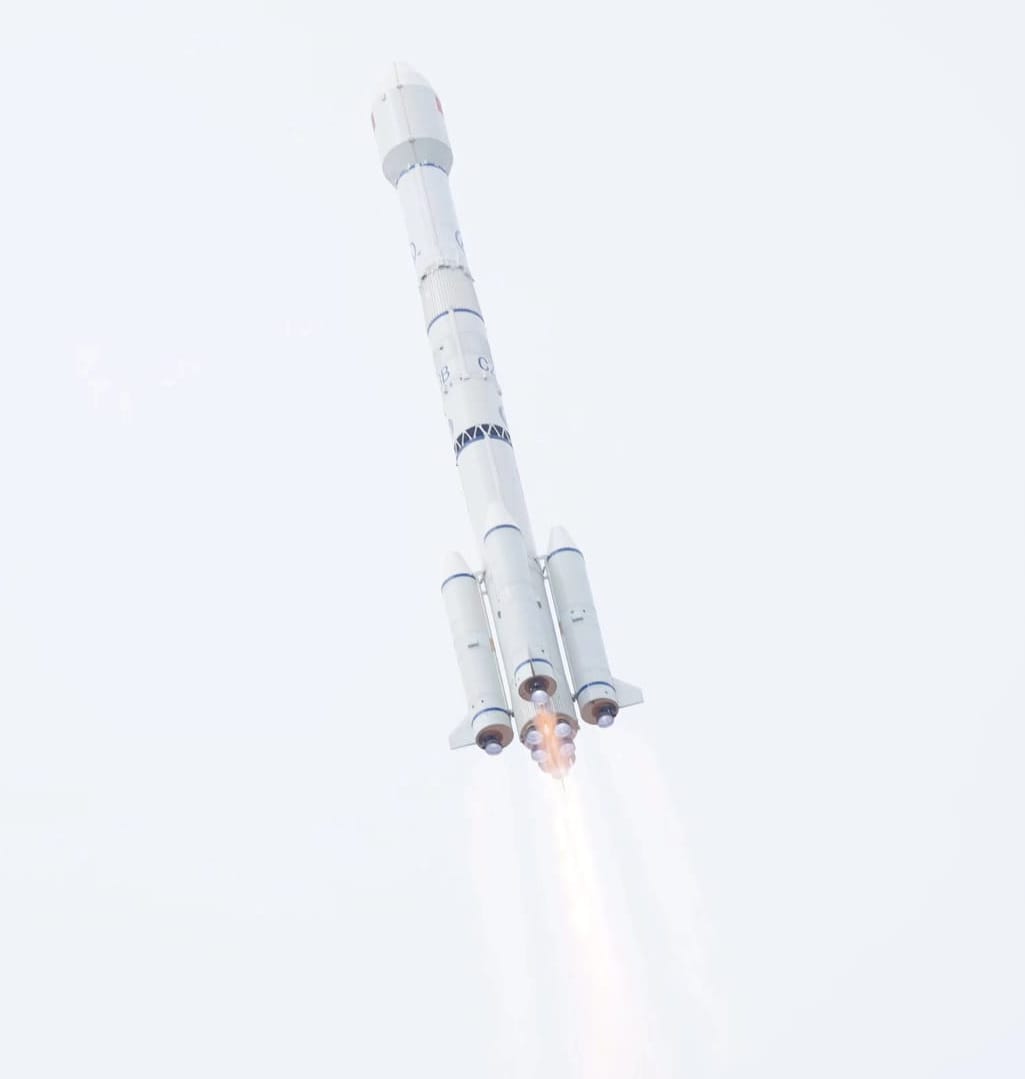
The Long March 3B/E is claimed as being able to lift up to 11,500 kilograms to a low Earth orbit, 7,100 kilograms to a sun-synchronous orbit, 5,500 kilograms to a geosynchronous transfer orbit, 2,000 kilograms to a geostationary orbit, or 3,300 kilograms to a heliocentric orbit.
The first-stage is powered by four YF-21C engines generating 302 tons of thrust burning Dinitrogen Tetroxide and Unsymmetrical Dimethylhydrazine for two minutes and thirty-eight seconds. Around the first-stage are four boosters, each powered by one YF-25 engine generating 75 tons of thrust burning Dinitrogen Tetroxide and Unsymmetrical Dimethylhydrazine for two minutes and twenty seconds. These four boosters have a combined thrust of 302 tons of thrust. The boosters and first-stage have a combined thrust of 604 tons.
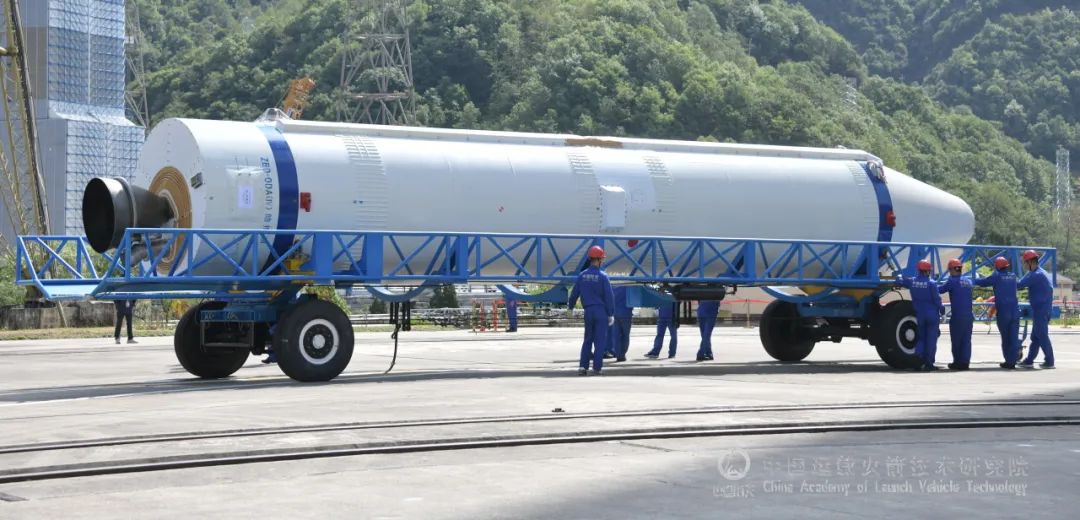
One YF-24E engine powers the launch vehicle's second-stage, which burns unsymmetrical dimethylhydrazine and dinitrogen tetroxide for three minutes and five seconds while generating 80 tons of thrust.
The third-stage is powered by two YF-75 engines that generate 17 tons of thrust while burning liquid hydrogen and liquid oxygen for seven minutes and fifty-eight seconds.
On the launch pad, the launch vehicle weighs 458,970 kilograms fully fuelled, and stands 56.3 meters tall.


